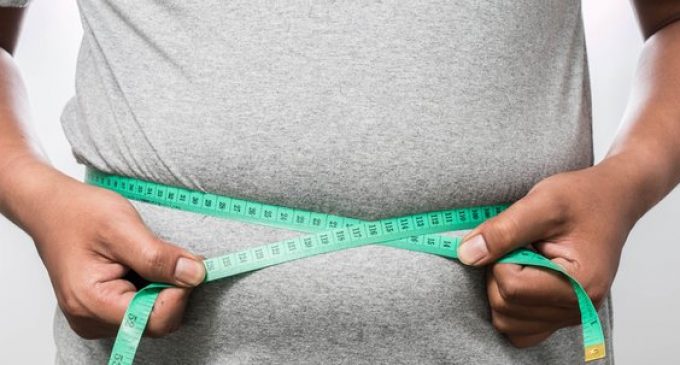Ingestible balloon could help reduce obesity

A new study has shown that an ingestible gastric balloon could be used to help obese people lose weight without the need for invasive surgery.
When swallowed the Elipse balloon is filled with water and then stays in the stomach for 16 weeks. After this period, the balloon spontaneously opens and is passed naturally through the body.
Intrasgastric balloons (IGBs) -whilst being available for decades – have traditionally required endoscopy and sedation. As a result there has been a low adoption rate of the devices coupled with a high cost when used.
The device could be used as an alternative to bariatric surgery which is used to reduce the size of the stomach. Whilst gastric band surgery is typically effective, it requires a long period of preparation and can cost up to £8,000 per patient.
Research about the balloon was presented the European Congress on Obesity (ECO) in Portugal by Dr Roberta Ienca, Sapienza University of Rome and colleagues.
The researchers monitored 42 obese participants who had refused other IGB treatments due to the requirement of an endoscopy and/or anaesthesia.
Participants were placed on a very low carbohydrate ketogenic diet (VLCKD) of 700Kcal per day. After 16 weeks the group totalled a mean weight loss of 15.2kg, resulting in an excess weight loss of 31% and a mean BMI reduction of 4.9kg. After the 16 weeks, participants were placed on a Mediterranean diet to help maintain their weight.
About the research Dr Ienca said: “The Elipse Balloon appears to be a safe and effective weight loss method. Furthermore, the introduction of a VLCKD improves weight loss. Because the Elipse Balloon does not require endoscopy, surgery or anaesthesia, this may make it suitable for a larger population of obese patients not responding to diet/lifestyle treatment; and also for use by a variety of clinicians — nutritionists, dieticians, and internists — who currently do not have access to or are qualified to fit endoscopic or surgical weight loss devices. Furthermore, the absence of endoscopy and anaesthesia for placement and removal can lead to a significant cost savings.”
Gastric balloons are licensed for use by private medical institutions in the UK, but the NHS does not currently use the technology.
Dr Simon Cork, research fellow at the department of investigative medicine at Imperial College London said: “Currently gastric balloons have to be inserted under general anaesthetic or sedation. This not only limits the number of patients who can have them implanted, but also increases surgery time and has significant costs associated with it. Gastric balloons are useful for losing weight, but only in the short term. This balloon is only inflated for 16 weeks, after which it is removed from the body. Surgically implanted gastric balloons are also only used short term, and generally for patients who need to lose weight quickly in order to undergo further surgery. Sadly, the weight lost through this balloon will undoubtedly be put back on soon after the balloon is removed. Nevertheless, gastric balloons are still useful for some patients, and the introduction of a device which doesn’t require surgery to implant is a positive step forward.”






